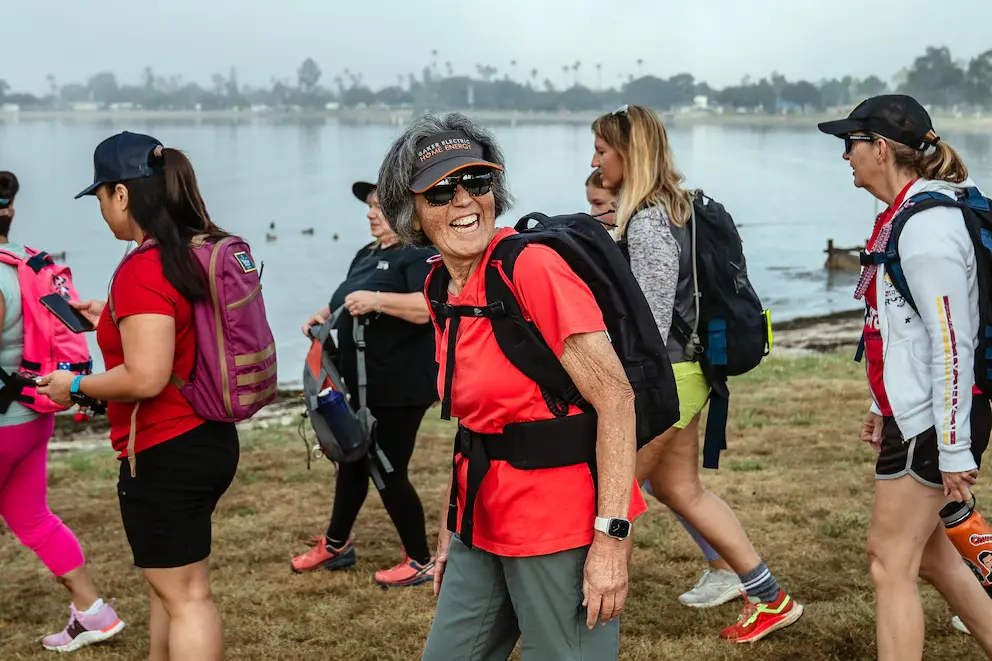In recent years, a fitness trend called “rucking” has gained significant popularity in the United States. Despite its unfamiliar name, rucking is quite simple and has roots in traditional military training. It involves walking while carrying a weighted backpack, offering a range of health benefits without the impact of high-intensity exercises. This fall, many are embracing rucking as a way to enjoy the cooler outdoor temperatures while boosting their fitness.
Jason McCarthy, a former Green Beret, founded GORUCK, a company based in Florida that has promoted rucking since 2010. Drawing from his military experience, McCarthy wanted to make this accessible to people of all fitness levels. His company has organized more than 10,000 rucking events, and there are now over 500 GORUCK clubs worldwide. According to McCarthy, rucking is “the foundation of special forces training,” with soldiers carrying essential supplies like food, batteries, and equipment in the field.
Rucking isn’t a new idea—it traces back to the days of hunter-gatherers who carried their catches home. McCarthy emphasizes that humans are naturally built to carry weight this way. Unlike many modern fitness machines, rucking feels intuitive. It also offers a low-impact way to improve cardiovascular health, making it ideal for people who avoid traditional cardio like running. McCarthy describes it as “cardio for people who hate cardio,” as it raises heart rates without excessive effort.
Personal trainer Kollins Ezekh highlights the health benefits of rucking, noting that it builds strength in the core, back, and legs without straining joints as high-impact exercises can. Ezekh points out that it burns calories and is easily adaptable by adding or reducing weight. He often recommends rucking to clients looking for low-impact cardio, and many have seen improvements in endurance, posture, and core strength. However, he cautions beginners to start light and progress gradually to avoid injuries.







